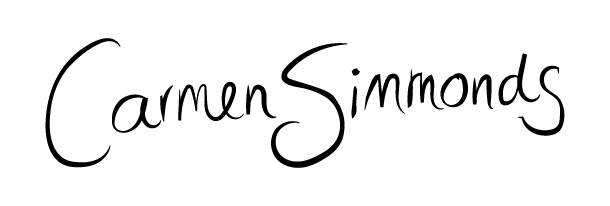Spicy buns, hot cross buns, hot cross-less buns or whatever you like to call them. My absolute favourite to make and eat.
For many years I made spicy buns (hot cross-less buns as I usually call them) by hand. Then I transitioned onto using my bread maker, which I continue to do now. This year has been especially interesting as I have given myself time to experiment with different recipes and ways to make these yummy buns. I would like to share with you some of these recipes, one old, one trusted and one new.
And for the record, there should be no one special time of year to make these little treats, as they are loved hot out of the oven by family and friends anytime!
This is my old recipe. From a 1930’s Wartime cookery book, this recipe is how we used to make them. I love the old used looking pages. Not much different to now!
This following recipe is from Alison Holst’s Kitchen Diary. This is my trusted recipe I used when my kids were little.
1. Measure milk, hot water and sugar into a large bowl or saucepan. Warm or cool to body temperature, sprinkle on yeast. Stir after 1-2 minutes to remove lumps of yeast. Mix in first measure of flour, cover and leave to rise in the sun or sink of warm water.
2. In another bowl, cream butter and brown sugar, then beat eggs, salt, spices, vanilla and dried fruit.
3. When yeast mixture is nearly three times its original volume add it to the creamed mixture with 2 cups of the second measure of flour.
4. Add enough extra flour to make dough form enough to turn onto a dry bench top to knead.
5. Knead, adding just enough flour to stop dough sticking, until its satiny and springs back when poked.
6. Cut dough into four pieces, then each piece into 8 or 9 pieces. Shape each into a round ball and arrange in greased cake tins in rows (I use a roasting dish), allowing room to rise. Leave to rise covered with tea towel.
7. Make short pastry crosses. Rub 60g cold butter into 1 cup flour then add water to form a stiff dough. Roll thinly, then cut into strips. Dip strips into beaten egg and place on buns when risen to twice its original size.
6. Bake at 225C for 10-12 minutes, until lightly browned. Glaze immediately (very important to do this) with syrup made of 2 tablespoons golden syrup with 1 tablespoon water for 1 minute.
Note: this recipe can be adapted to a bread maker using your machines order of ingredient guidelines and a bit of common sense.
Sourdough Spicy Buns in the bread maker - the new recipe
1. Into your bedmaker place 190 grams sour dough starter, 3 cups flour (high grade or strong bakers flour), 3 tablespoon brown sugar, 1 teaspoon salt, 1 teaspoon cinnamon, 2 teaspoon allspice, 1/2 teaspoon ground ginger, 1/4 teaspoon nutmeg, 2 tablespoons milk powder, 1 egg, rind of 1 lemon or orange and 1 cup of water. Place 1 cup sultanas (or your choice of dried fruit) into the bread maker raisin dispenser (or place in when machine beeps).
2. When cycle has finished, remove dough from machine. Form dough into 12 round balls and place into a floured baking dish (I use a roasting dish) with room to rise. Cover with a tea towel and sit in a warm place for dough to rise to about double in size. Hot water cupboard, or in a warm oven at about 30 degrees will work.
Dough just about to go into the fridge.
Naughts and crosses buns
3. Once risen, place in fridge covered in the tea towel for about 10 hours (I do this overnight).
4. After 10 hours proofing, take out of fridge. If you want to put crosses on, mix some flour and water to a paste and pipe on before placing in a pre heated oven at 200C. (Or you either cut crosses or designs into the dough before baking or pipe icing on after).
5. Bake for about 25 minutes. Watch that they don’t burn!
6. Very important - Glaze while hot with 2 tablespoons of golden syrup and 1 tablespoon of water.
Eat hot with loads of butter, or toast later. They just go on giving. Enjoy!
NOTE: If you want something a little different, try adding apples into the mix. Yum!















